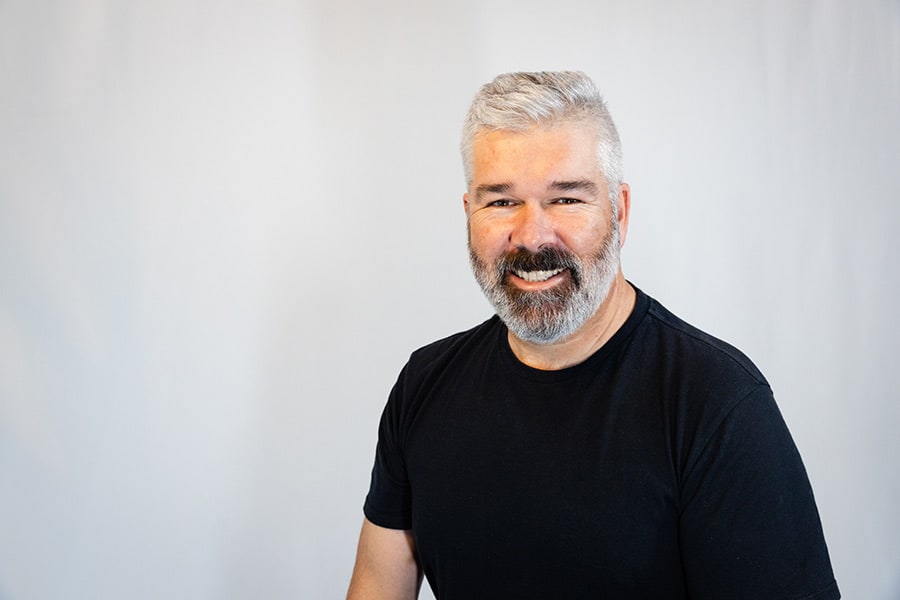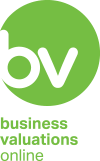
Nurtured by Numbers: How Patterns Paved My Professional Path
by Brett Goodyer
Most accountants and small business operators have a pretty well tuned bullshit detector. You can smell a snake oil peddler from 20 paces. We all receive 50 emails and 10 calls a day at a minimum trying to get us to buy the new great tool, the latest time-saving apparatus, or our very own bridge over Sydney harbour. Am I any different? I’d like to hope so.
I became an accountant because numbers and patterns come easily to me, and accounting paid well. It wasn’t because I was motivated to revolutionise the tax system, nor to add to accounting theory in some imperceptible and esoteric way. No, I did it because when I was 18 it seemed like the easiest way to make good money as an adult.
I was blessed as a kid with having an incredibly tight-knit family and a father who was, and continues to be, an early adopter of technology. When faced with the options of taking our family on a big holiday adventure (for my parents and all four of us kids), or the purchase of a home computer… My Dad opted for the Dick Smith System 80! This was a version of the Tandy Radio Shack TRS 80 available elsewhere in the world.
I think I was about 6 when we got that computer, and it changed my life.
I had to type out pages of programming in ‘BASIC’ computing language and then debug the code in order to play a game. It taught me many things… but chief among them was patience, recognising patterns, and applying them. It also taught me about delayed gratification. It would be hours of work to get that program working and when it finally did work, I had a game to play. These are themes I’ve seen repeated throughout my personal and business life.
By the time computers started turning up in schools a few years later, I was the annoying kid in class who was showing the teachers how to use them and then sitting bored whilst they taught the other kids stuff that I already knew. I may or may not have been the annoying kid in class thereafter for different reasons. But I digress.
Numbers have always come easily to me, and so mathematics has always been something I gravitated toward. By the time I was in senior school I was elected to the Student Representative Council (SRC) and given the role of Treasurer. When given this illustrious portfolio, I was handed the accoutrements of my station. A folder of bank statements and an exercise book with notes relating to prior income and expenditure.
I would not have called myself a diligent student. Far from it really. But I did like a challenge. So, when my cursory review of the financial records of the SRC indicated that our measly prior year balance of around $4,000 was no longer in our account, I did a bit of digging. A few days later I had an appointment with our school principal, Mr. Bray, and presented my cross-referenced findings. I still remember Mr. Bray smiling a little before telling me that the school had indeed ‘absorbed the SRC balance into the school general fund’ and that he would ensure that the full amount was returned… that was my first taste of the power of being able to look a little deeper, see the patterns, and do something about it.
So, when University admissions came around after I had finished high school, I elected commerce, and specifically accounting, because to me it was easy.
I did the degree. I worked as an accountant. And I was bored.
I became an auditor. And I was bored.
I found a fraud whilst auditing. I wasn’t bored… for a while.
I became a corrupt conduct investigator for the NSW Health Service, but after a few years of that I was again finding it boring. There was no longer enough numbers and patterns to keep me interested because I was looking at human behaviour and malfeasance rather than glorious numbers, my data of choice. So, I went back to university and got myself a master’s degree in forensic accounting. To me, it all makes sense. It was essentially a master’s degree in performing complex analysis and then explaining the analysis and the complex financial patterns in the simplest way possible so that people could make important decisions. My speciality in public practice as an accountant quickly became how businesses are valued, and why. I have given evidence in court throughout the country many, many times, valued thousands upon thousands of businesses, and assisted owners with understanding what their businesses are worth, why, and how they can change it.
Over the last decade or so, I built software (with assistance obviously, as my programming skills never progressed from parroting BASIC I saw elsewhere), that allows me to value businesses very quickly, because it simply streamlined the system I have used for most of my career. I built it for me because it made my life easier – it let me do my job faster and more profitably. But what it also did, almost by accident, was it exposed me to the raw data of small business. It let me compare businesses of all types and it let me see the things that set them apart, but also the commonalities. But above all else, it laid bare the patterns. To me they make sense and I see the threads that connect them. So, I set about explaining them as simply as I could.
What I ended up building (with my amazing team) was a piece of software that examines each business as a myriad of data points that you see every day without thinking of them as a ‘data point’. That is not to say that my software is infallible, and that the quintessence of a business can be reduced to a bunch of on/off buttons.
Wait, can we pause just here to bask in the glow of the word quintessence? It really is quite lovely and rolls so musically off the tongue… anyway. Back to the on/off buttons…
It can’t, and there is always going to be an element of subjectivity in any valuation. But, and this is a big but, there are so many elements of a business that can be considered as a risk, somewhere on a sliding scale, that directly influence value. Those same risks are also directly within the business owner’s sphere of influence. As a result, my basic theory of value improvement is a simple and I would go so far as to say an irrefutable one:
You can examine your business. You can assess a handful of risks. You can take action to reduce those risks. And the value of your business is going to improve. And then you can do it again.
So, I built a tool that I have been giving away for a few years now every time a provide a valuation. It shows the client the risks I assessed that were ‘bad’ and thus devalued their business when compared to a model business, and then let the client click a button that showed how much their business would have been worth if they changed that particular risk from ‘bad’ to ‘not so bad’.
By showing how you can change the value of a business by changing one little thing, it changed the mindset of my clients. It was no longer a massive undertaking to improve the business value. It was incremental and you could see the results after each step (as long as you collect that gorgeous, corroborative data).
It was game changing. If a picture is worth a thousand words, an interactive dashboard must be an entire book. Maybe the book I’m writing right now.
And that’s when I realised that I could be the guy that helps someone retire early. I could help someone stop limping from month to month, to creating real, sustainable wealth.
And I haven’t been bored in a very long time.

